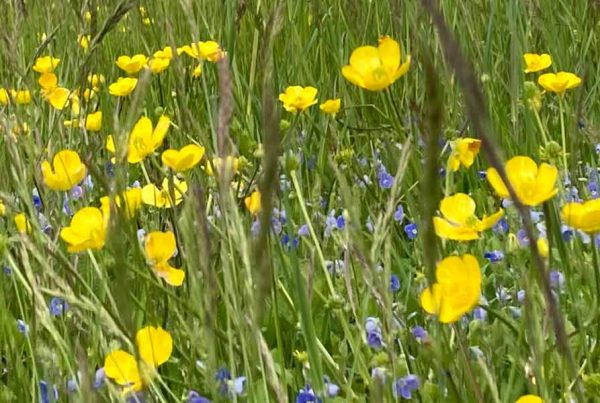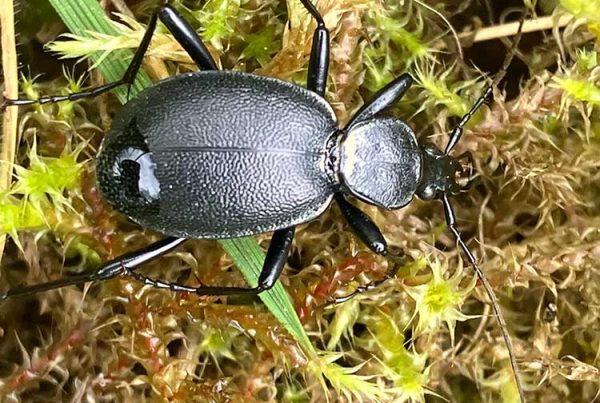Ecology Link have worked with local landowners, Councils and Government bodies in the protection of coastal habitats and associated infrastructure, habitats and species.
We have provided ecological support in the protection of protected species while cliff stabilising works were undertaken. This included invertebrate assessments as part of a wider cliff stabilisation programme along the beach section of the Clacton to Holland-on-Sea coastline for Tendring District Council. Coastal habitat can also provide important communities for invertebrates. The survey identified key species, which can be mitigated for as part of the site restoration, once the stabilisation programme has been completed. We provided reptile surveys and ongoing mitigation supervision and advice as the stabilisation programme has extended along the sea front.
We have been engaged with a number of projects to slow the erosion process along the northern point of the Naze peninsula, Walton-on-the Naze, Essex. This has involved the baseline assessment of protected habitats and species, which would be temporarily disturbed by cliff works through the placement of gabion baskets. These features have been deployed to allow time for the agreement of a more structured and long-term approach to the protection of salt marshes, beaches and the wider protected site of Hamford Water.
Cliff stabilisation programme along beach
Alde-Ore Estuary, Suffolk
An ongoing catchment level scheme in Suffolk is being led by the East Suffolk team at the Water Management Alliance. The Alde-Ore Estuary Improvement Scheme aims to reinforce the existing sea wall flood defences, starting with phase 1 of 2, encompassing greater than 10km along the upper estuary flood cells (Snape, Iken and Aldeburgh). It is hoped the funding gap will be filled to allow works in the lower estuary to commence prior to the completion of phase 1. We have been appointed as the environmental lead for the scheme, working in collaboration with the collective partnership and team of specialist surveyors and engineers. This highly protected section of the Suffolk coastline is at risk of catastrophic flood events, in the absence of improvements to the existing defences. The risks have been exacerbated through sea level rise and climate change.
The project site includes 974ha of agricultural land and is adjacent to internationally and nationally important sites: Alde, Ore and Butley Estuaries SAC; Alde-Ore Estuary SPA; Alde and Ore Estuary Ramsar; Alde-Ore Estuary SSSI; Snape Warren SSSI; Aldeburgh Hall Pit SSSI; Aldeburgh Brick Pit SSSI; and Round Hill Pit SSSI. Suffolk Coast & Heaths AONB and Suffolk Heritage Coast both encompass the wider site and area. Priority Habitats within and adjacent to the Site include Coastal Saltmarsh, Coastal & Floodplain Grazing Marsh, Reedbeds, Mudflats, and Intertidal Substrate Foreshore.
We are underway with baseline surveys for a host of species and habitats, some of international importance, to ensure we provide a robust mitigation strategy. Works to date also include supervision of ground investigation trial pits and soil sampling across four flood cells. In addition to the primary goal of providing security from flood events, the scheme’s secondary focus is to maximise biodiversity gain for the communities. The estuary is nationally and internationally designated and is supported by c.974ha of diverse water dependent marshes, providing significant functional freshwater habitats for wildlife within the tidal floodplain.
We are striving to design and implement largescale habitat creation, including wetlands, reedbeds, water vole ditches, ponds and wet scrapes. The increase in available and long-term protected habitat will be of great value to coastal wildlife, many species of which rely on marshes and reedbeds for breeding and over-wintering.
Implementation of large scale habitat creation in reed beds







